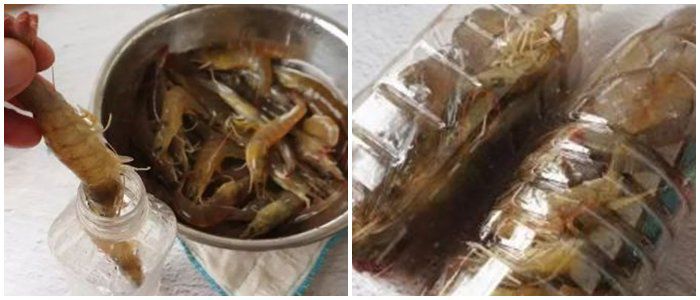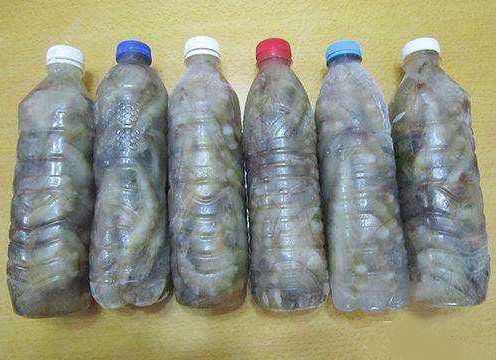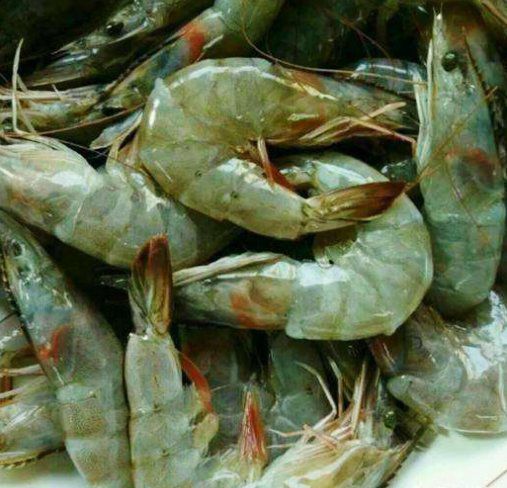Mrs. Lan’s family has lived in the city for generations, and while they weren’t wealthy, they never had to worry about their basic needs. Mrs. Lan’s daughter, Huong, was spoiled and pampered by her mother growing up. So, when Huong decided to marry a poor man, Mrs. Lan was deeply disappointed, although she never expressed it directly. She always felt uncomfortable around her son-in-law, Tuan, and blamed him for any hardship her daughter faced.

Mrs. Lan was unhappy about her daughter marrying into a poor family. (Illustrative image)
However, this was just Mrs. Lan’s perspective. In reality, Tuan and Huong’s life was not as difficult as she imagined. Despite his humble background, Tuan was capable and hardworking. Within a few years of graduating, he was promoted to a managerial position. With this trajectory, he could soon move to a larger company, promising a bright future. Huong, on the other hand, had a regular office job with sufficient income to meet their daily needs.
The couple had purchased an apartment with a mortgage, and they were still paying it off. Mrs. Lan felt sorry for her daughter, thinking that if she had married someone wealthier, she would have had a bigger house instead of being in debt. Moreover, seeing her daughter cook and clean every day, even with her son-in-law’s help, still pained Mrs. Lan.
So, in the afternoons, she often visited Huong’s house to help with shopping or cooking, using the opportunity to scrutinize her son-in-law. Tuan’s busy work schedule and recent promotion often kept him at the office late, which, in Mrs. Lan’s eyes, was a sign of laziness and a lack of care for her daughter.
In reality, whenever Tuan had free time, he eagerly helped his wife with household chores. After meals, he would voluntarily clean up and do the dishes. On weekends, he would cook for his wife. Having grown up in a poor family, he was adept at these tasks and didn’t mind doing them. However, when Mrs. Lan saw him taking care of her daughter, she thought it was only natural, as she blamed him for her daughter’s supposed hardships. Despite Tuan’s generous nature, he occasionally felt suffocated by his mother-in-law’s constant watchful eye.
Last weekend, Tuan and Huong went grocery shopping together and returned with fresh produce, including shrimp. As Tuan was cleaning the shrimp before storing it in the refrigerator, Mrs. Lan noticed him collecting a few empty plastic water bottles, washing them, and then putting the shrimp inside. He added water to the bottles, sealed them, and placed them in the freezer.

Disapproving, Mrs. Lan muttered to her daughter, “Look at how stingy Tuan is! Has his salary been cut or something? Why doesn’t he use proper food storage bags or containers for the shrimp? Instead, he’s using these discarded plastic bottles…”
Before she could continue mocking her son-in-law’s family background, Huong interrupted her.
“Mom, you don’t know this, but a lot of people are using this method to store shrimp nowadays. Usually, we put shrimp in plastic bags and freeze them directly. But when we thaw them, the shrimp becomes soggy and doesn’t taste as good. Moreover, the shrimp odor lingers in the fridge, affecting other foods. Tuan’s method isolates the shrimp from the air, and adding water to the bottle helps maintain its freshness. It also reduces plastic waste, which is better for the environment.”
Hearing her daughter’s explanation, Mrs. Lan was taken aback. She realized that her son-in-law was not only capable but also resourceful. As she calmed down and reflected on the situation, she began to see Tuan in a new light. Compared to the neighbors’ children, who were wealthy but often argued with their spouses, Tuan seemed like a better match for her daughter.
Over time, as Mrs. Lan observed more of Tuan’s positive qualities, she would come to understand that Huong’s choice was not a mistake but a wise decision.
Here is the shrimp storage method used by Tuan, which you can refer to:
Preparation:
– Fresh shrimp
– Several empty plastic water bottles
Instructions:
– Rinse the shrimp and set aside.
– Clean the plastic water bottles thoroughly.
– Place the shrimp into the bottles. Note that each bottle should contain enough shrimp for a single meal. Then, fill the bottles with water and seal them.

By isolating the shrimp from the air and adding water, this method ensures the shrimp stays fresh and odor-free.
When you’re ready to cook, take out a bottle, remove the cap, and place it in cold water to quickly separate the block of ice from the bottle. Then, use a knife or scissors to cut the bottle and remove the shrimp.

This simple and easy method ensures that the shrimp stays fresh and odor-free, even when stored for a long time.
The Power of a Mother-in-Law’s Generosity: A Tale of a Post-Holiday Surprise
Before we headed back to the city after the September 2nd holiday, my mother-in-law discreetly slipped 2 million VND into my wife’s hand. It was a thoughtful gesture, intended for our children’s new school year preparations – buying them new clothes and backpacks to start their term with confidence and style.






































